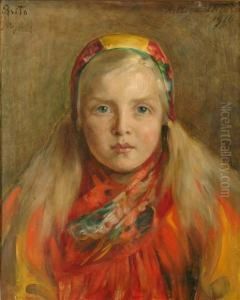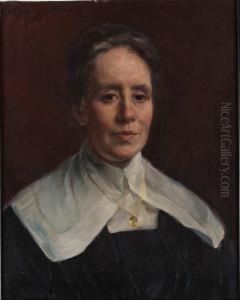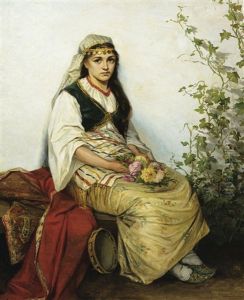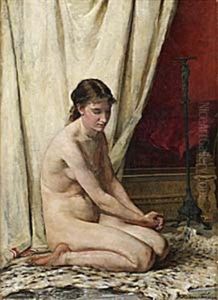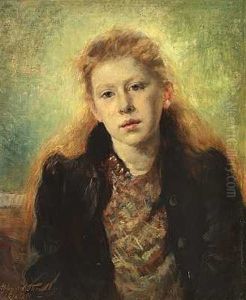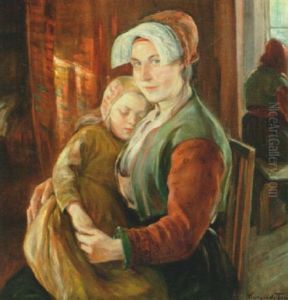Hildegard Katarina Thorell Paintings
Hildegard Katarina Thorell, born in 1850 in Sweden, was a notable figure in the art world during the late 19th and early 20th centuries. Thorell embarked on her artistic journey at a time when the art world was predominantly male-dominated, making her achievements and contributions even more significant. She studied art at a time when opportunities for women in the field were limited, showcasing her determination and passion for art from a young age.
Thorell's style and technique evolved throughout her career, reflecting her exposure to various art movements and her personal growth as an artist. She was known for her detailed and vibrant paintings, often focusing on portraits, landscapes, and still life compositions. Her work demonstrated a keen observation of light and shadow, which added a lively realism to her subjects. Thorell's portraits, in particular, were celebrated for their depth and the ability to capture the personality and essence of her sitters.
Throughout her career, Thorell faced the challenges of being a woman in the art world with resilience and persistence. Despite the societal limitations of her time, she managed to gain recognition and respect among her peers and art enthusiasts. Her contributions to the art world were not limited to her paintings; Thorell was also involved in various art organizations and movements that sought to promote art and artists, particularly women, in society.
Hildegard Katarina Thorell's legacy is a testament to her skill, determination, and the impact she made in breaking barriers for women artists. Her death in 1930 marked the end of a prolific career, but her work continues to inspire and be celebrated for its beauty and historical significance. Thorell remains an important figure in the study of women's contributions to art history, highlighting the importance of recognizing and valuing diversity in the artistic canon.





